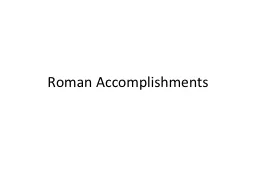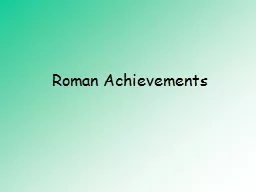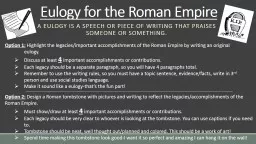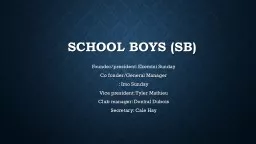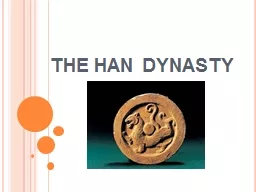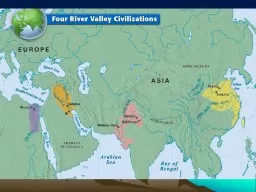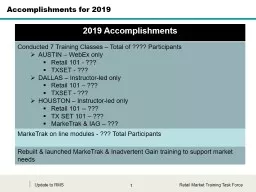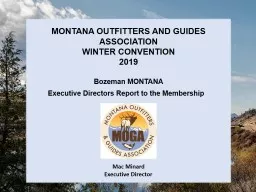PPT-Roman Accomplishments ROMAN ACHIEVEMENTS
Author : mastervisa | Published Date : 2020-06-17
The Romans developed innovations that are still used today what made them such influential innovators Definition of INNOVATION something new or original
Presentation Embed Code
Download Presentation
Download Presentation The PPT/PDF document "Roman Accomplishments ROMAN ACHIEVEMENTS" is the property of its rightful owner. Permission is granted to download and print the materials on this website for personal, non-commercial use only, and to display it on your personal computer provided you do not modify the materials and that you retain all copyright notices contained in the materials. By downloading content from our website, you accept the terms of this agreement.
Roman Accomplishments ROMAN ACHIEVEMENTS: Transcript
Download Rules Of Document
"Roman Accomplishments ROMAN ACHIEVEMENTS"The content belongs to its owner. You may download and print it for personal use, without modification, and keep all copyright notices. By downloading, you agree to these terms.
Related Documents

